1. Introduction à l’indicateur de signal de porc intrusif
L’indicateur de signal de racleur est conçu pour la tâche critique de détection du passage de racleurs ou de sphères à l’intérieur des pipelines. Ces dispositifs sont installés directement sur la canalisation et sont dotés d’un mécanisme de déclenchement qui pénètre dans la paroi du tuyau, permettant une interaction directe avec le racleur lors de son passage. L’objectif principal d’un indicateur de racleur intrusif est de fournir un signal clair et immédiat à l’opérateur, indiquant que le racleur a franchi un point précis du réseau pipelinier. Cela permet de coordonner les activités d’entretien et de vérifier le processus de raclage.
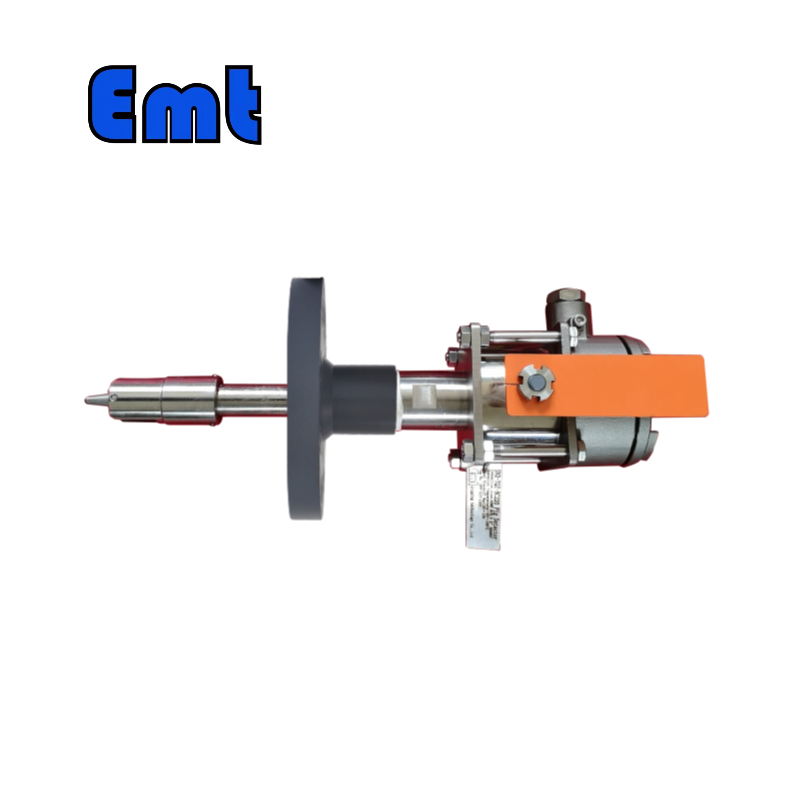
2. Types d’indicateurs EMT Pig
EMT propose une gamme complète d’indicateurs de raclage pour s’adapter à diverses configurations de canalisations et exigences opérationnelles. Notre gamme comprend différents types d’indicateurs de racleur intrusifs, chacun doté de caractéristiques uniques pour répondre aux besoins spécifiques de votre processus de surveillance de pipelines.
Les indicateurs de racleur intrusifs réglables d’EMT sont particulièrement polyvalents, offrant des plages réglables de 20 mm et 10 mm pour assurer un positionnement précis dans la conduite. Cette capacité de réglage est essentielle pour s’adapter aux variations d’épaisseur de paroi de tuyau et de taille des racleurs.
Nos indicateurs sont équipés de deux principaux types de mécanismes de déclenchement : bidirectionnel, qui peut détecter les racleurs se déplaçant dans les deux sens à l’intérieur du pipeline, et unidirectionnel, qui est conçu pour détecter les racleurs se déplaçant dans une seule direction. Le choix entre ces mécanismes dépendra des particularités de l’exploitation de votre pipeline et de la nature des tâches de raclage effectuées.
3. Caractéristiques et types d’indicateurs
Les indicateurs pour porcs d’EMT sont disponibles en quatre types principaux, chacun avec des caractéristiques distinctes :
| Types d’indicateurs | Un | B | C | D |
|---|---|---|---|---|
| Type intrusif | Intrusif | Intrusif | Intrusif | Non intrusif |
| Caractéristiques de l’indicateur | Type de bouton-pression | Drapeau de réinitialisation manuelle | Drapeau de réinitialisation manuelle avec signal électrique | Affichage de la date et de l’heure avec signal électrique |
Les modèles intrusifs, y compris les types A, B et C, sont conçus pour être installés directement sur le pipeline et disposent de mécanismes de signalisation fiables tels que le type popper et les drapeaux de réinitialisation manuelle. Le type C va encore plus loin en intégrant une sortie de signal électrique, permettant des capacités de surveillance et de signalisation à distance.
Le type D, le modèle non intrusif, offre l’avantage d’une installation externe avec un affichage de la date et de l’heure combiné à une sortie de signal électrique. Ce modèle riche en fonctionnalités offre une solution de surveillance complète sans avoir besoin de pénétrer dans les pipelines, ce qui le rend idéal pour les scénarios où le maintien de l’intégrité des conduites est primordial.
Chacun de ces indicateurs est conçu avec précision pour assurer une performance fiable dans les conditions exigeantes de l’exploitation des pipelines. Que vous ayez besoin de la simplicité d’un indicateur de type popper ou des capacités avancées d’une sortie de signal électrique avec affichage de la date et de l’heure, EMT a une solution qui répondra parfaitement à vos besoins en matière de raclage de pipeline.
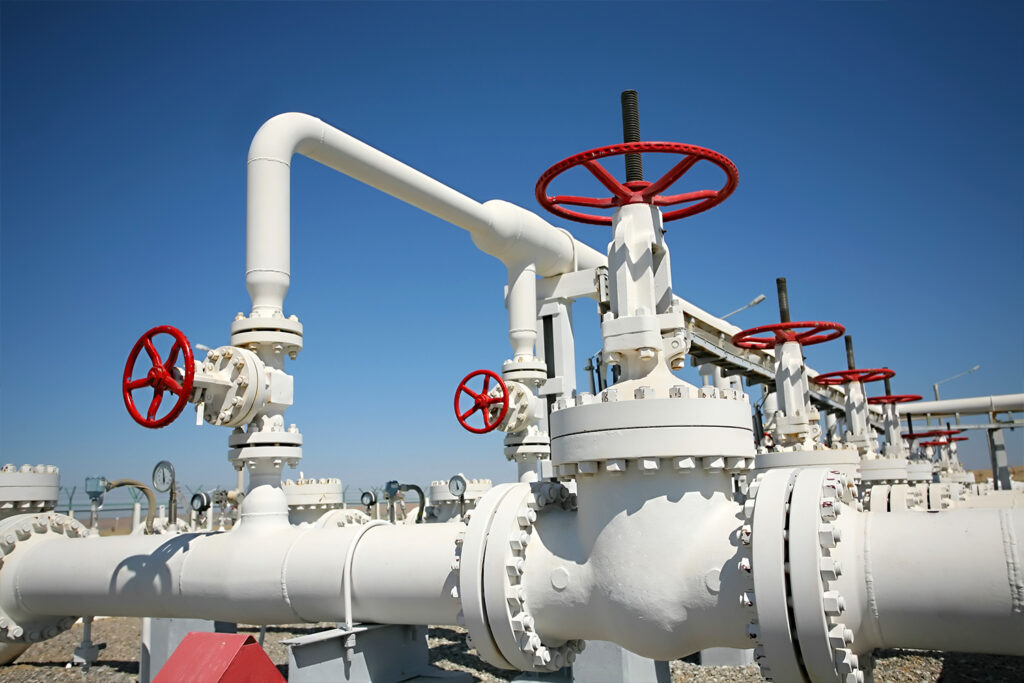
4. Installation et sécurité de l’indicateur de signal de racleur
L’installation correcte des indicateurs de raclage est essentielle pour la sécurité et la fonctionnalité de l’opération de raclage. EMT Pigging fournit des directives claires pour s’assurer que les indicateurs de racleur sont correctement installés :
Préparation à l’installation :
Avant le début du processus de soudage, il est crucial de retirer les pièces mécaniques, ou « mouvement », de l’indicateur de raclage pour protéger le joint torique des dommages causés par la chaleur. Les dommages au joint torique peuvent compromettre l’étanchéité et entraîner des fuites, cette étape est donc essentielle pour maintenir l’intégrité de l’appareil.
Soudure et inspection :
Après avoir retiré le mouvement, soudez uniquement la partie de base sur la canalisation selon les instructions du produit. Après le soudage, inspectez la bague d’étanchéité pour détecter tout dommage, tel que des encoches ou des marques, et remplacez-la si nécessaire. S’assurer que la base est au ras de la canalisation et que la paroi intérieure est lisse facilitera le bon fonctionnement de l’indicateur.
Remontage et réglage :
Une fois la soudure terminée et la zone refroidie, remontez l’indicateur en fixant le mouvement de retour dans la base à l’aide d’une clé spécialisée. À ce stade, ajustez la direction du mouvement pour l’aligner avec la trajectoire attendue du porc.

5. Maintenance et sécurité opérationnelle
L’entretien des indicateurs racleurs est essentiel pour prévenir les fuites et assurer leur bon fonctionnement :
Contrôles de soudure réguliers :
Une soudure inadéquate peut entraîner des fuites. Il est important d’effectuer des inspections régulières des soudures pour s’assurer qu’elles restent sécurisées et intactes.
Inspections d’étanchéité :
Des contrôles d’étanchéité réguliers sont indispensables pour éviter les fuites au bord du mouvement, à la bielle ou au joint. De telles fuites peuvent entraîner une défaillance complète du joint, de sorte que le maintien de l’intégrité du joint est un aspect clé de la sécurité opérationnelle.
6. Fonctionnalité d’indicateur de porc non intrusive
Les indicateurs de raclage non intrusifs sont des outils essentiels pour surveiller la progression des racleurs dans les opérations de raclage de pipelines :
Surveillance et alarmes :
Ces indicateurs sont conçus pour surveiller la progression du racleur sans qu’il soit nécessaire d’entrer en contact direct avec l’intérieur de la canalisation. Lorsqu’un porc passe sous l’indicateur, l’appareil émet une alarme sonore et visuelle, grâce à sa technologie de signalisation photoacoustique. L’affichage de l’indicateur conservera également l’heure et la date du passage du porc, à l’aide d’une fonction de mémoire de « passage », ce qui est particulièrement utile lorsqu’il n’y a pas de personnel en service.
Placement stratégique pour la détection des blocages :
Pour une surveillance efficace, placez les racleurs de nettoyage à des intervalles le long du pipeline, par exemple tous les 1 km pour un pipeline de 10 km. Après une suspicion de blocage, la vérification des indicateurs aidera à localiser le blocage. Par exemple, si les deux premiers indicateurs signalent « réussite » mais que le troisième et le quatrième ne le font pas, le blocage est probable entre le deuxième et le troisième indicateur. Cette approche réduit considérablement la zone de recherche, ce qui permet d’économiser du temps et des ressources.
En résumé, l’installation et l’entretien appropriés des indicateurs de raclage sont essentiels à l’exploitation sûre et efficace du raclage des pipelines. Des contrôles et des inspections réguliers sont essentiels pour éviter toute fuite ou dysfonctionnement potentiel. Les indicateurs de raclage non intrusifs offrent un moyen pratique et fiable de surveiller les opérations de raclage et d’identifier rapidement les blocages, améliorant ainsi l’efficacité globale du processus de maintenance des pipelines. La gamme d’indicateurs de raclage d’EMT Pigging, avec sa construction robuste et ses fonctionnalités avancées, fournit aux opérateurs les outils nécessaires à une gestion sûre et efficace des pipelines.
7. Préparation et attention avant utilisation
Avant de déployer les indicateurs racleurs, une vérification approfondie avant utilisation est essentielle pour s’assurer que l’appareil fonctionnera comme prévu :
Vérifications de la connexion de la batterie et de la sonde :
Vérifiez que la batterie est complètement chargée et correctement installée. Une alimentation électrique suffisante est essentielle pour le fonctionnement des indicateurs de raclage non intrusifs. De plus, vérifiez que la sonde est correctement connectée, car cela est essentiel pour la transmission précise des signaux.
Réglages du réglage du gain :
Le réglage du gain est un réglage crucial qui doit être adapté à la profondeur d’enfouissement de la canalisation et à la distance prévue entre le racleur et l’indicateur. Un réglage de gain correct garantit que le signal d’alarme est à la fois fiable et perceptible à partir de tout bruit de fond.
Vérification du fonctionnement de la mémoire :
La fonction de mémoire de l’indicateur de racleur est une caractéristique clé qui contribue à la fiabilité du signal d’alarme. Il conserve un enregistrement du passage du porc, ce qui est essentiel pour une vérification ultérieure, en particulier dans les endroits éloignés ou sans personnel.
8. Placement optimal et conseils d’utilisation
Un placement stratégique des indicateurs porcins est nécessaire pour optimiser leur efficacité :
Placement avant les coudes et les sections peu profondes :
Les indicateurs de positionnement avant les virages ou dans les sections peu profondes de la canalisation augmentent la probabilité de détecter le racleur. Ces emplacements permettent généralement un signal plus fort lorsque le porc ralentit et se rapproche de la surface.
Éviter les interférences :
Pour minimiser les interférences potentielles du signal, éloignez les indicateurs de racleur des lignes électriques à haute tension et des sources d’interférences électromagnétiques, telles que les machines à souder ou les moteurs fréquemment commutés. Ajustez le gain aussi bas que possible pour réduire la sensibilité aux interférences tout en capturant le signal du racleur.
Surveillance des pipelines longue distance :
Pour les pipelines prolongés, affecter du personnel à la surveillance de chaque indicateur et leur fournir une formation complète sur la distinction entre les signaux valides et les brouillages. Informez toutes les parties concernées des heures et des vitesses de lancement prévues du racleur pour s’assurer que le personnel de surveillance est alerte et prêt à observer l’état de l’indicateur lorsque le racleur devrait passer sa section.
9. En conclusion
En conclusion, l’indicateur de signal de raclage d’EMT Pigging est indispensable pour mener des opérations de raclage de pipelines efficaces et sécurisées. Ils offrent aux opérateurs l’assurance d’un suivi précis et fiable des racleurs, essentiel au maintien de l’intégrité et de la performance des pipelines.
En guise de note finale, rappelez-vous l’importance d’une bonne préparation, d’un placement stratégique et d’une surveillance attentive lors de l’utilisation d’indicateurs de porc. Ces pratiques sont essentielles pour maximiser l’utilité de la technologie sophistiquée de suivi des porcs d’EMT Pigging et assurer le bon déroulement de vos activités de raclage. En suivant ces directives, vous pouvez compter en toute confiance sur les indicateurs de raclage d’EMT Pigging pour une maintenance et une gestion efficaces des pipelines.


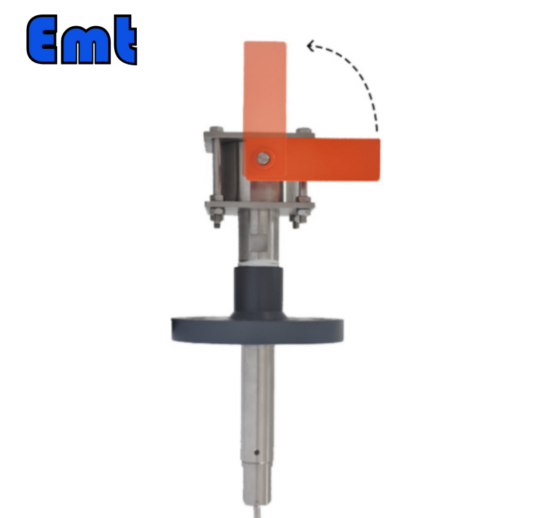
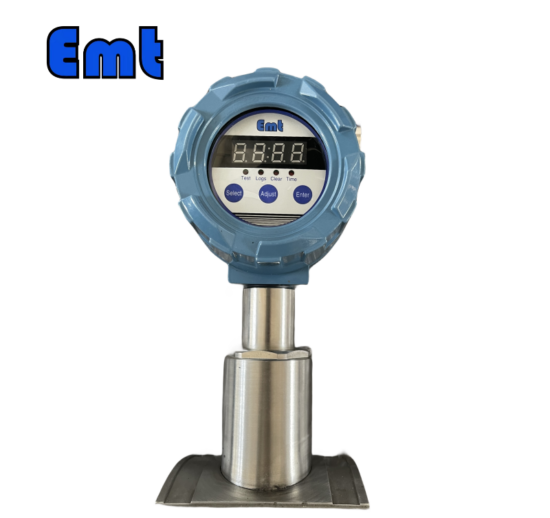
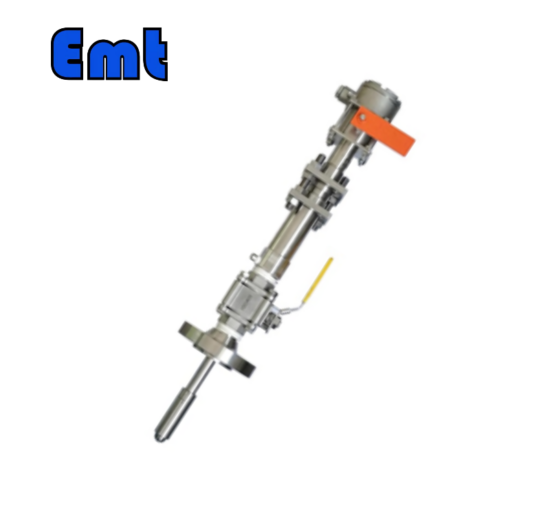
Il n’y a pas encore d’avis.